Cultivation:
Frailea perbella requires careful cultivation to thrive in non-native environments. It is best grown in a cactus-specific potting mix that ensures excellent drainage. Overwatering is a significant threat to its health, so watering should be sparse, allowing the soil to completely dry out between waterings. During the winter months, water should be restricted almost entirely, mimicking the cactus’s natural dry season. Frailea perbella prefers bright light but should be protected from the harshest midday sun, which can cause scorching. A sunny windowsill with some light shade is ideal. Temperatures should be kept moderate, ideally between 10°C and 25°C, and the plant should be protected from frost. Fertilization should be minimal, using a low-nitrogen cactus fertilizer once during the spring.
Propagation:
Propagation of Frailea perbella is primarily achieved through seeds, as this species rarely produces offsets. The seeds can be sown in a well-draining soil mix, lightly covered with sand or a fine grit, and kept moist in a warm, bright environment (about 20°C). Germination typically occurs within three weeks. Seedlings should be watered sparingly and gradually acclimatized to less frequent watering as they mature. Due to the slow growth rate, patience is required when propagating Frailea perbella from seeds.
Curiosity:
Frailea perbella is particularly noted for its ‘shy’ flowering behavior; the flowers often open only partially and sometimes only during bright sunlight for a few hours. Interestingly, the flowers are capable of self-pollination, even without fully opening, which is somewhat rare in the cactus world. This feature allows Frailea perbella to reproduce efficiently in its natural habitat, where pollinators might be scarce. Moreover, the plant’s ability to survive in harsh, arid environments while maintaining a small, compact form makes it a fascinating study in plant adaptation and survival.

 Cactus
Cactus Astrophytum Asterias
Astrophytum Asterias Gymnocalycium
Gymnocalycium Mammillaria
Mammillaria Other
Other Home Plant
Home Plant Succulent & Caudex Plant
Succulent & Caudex Plant Orchids & Air Plants
Orchids & Air Plants Lotus Plant
Lotus Plant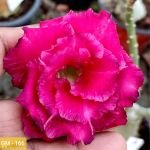 Adenium Plant
Adenium Plant Combo Offer
Combo Offer Plant Media & Others
Plant Media & Others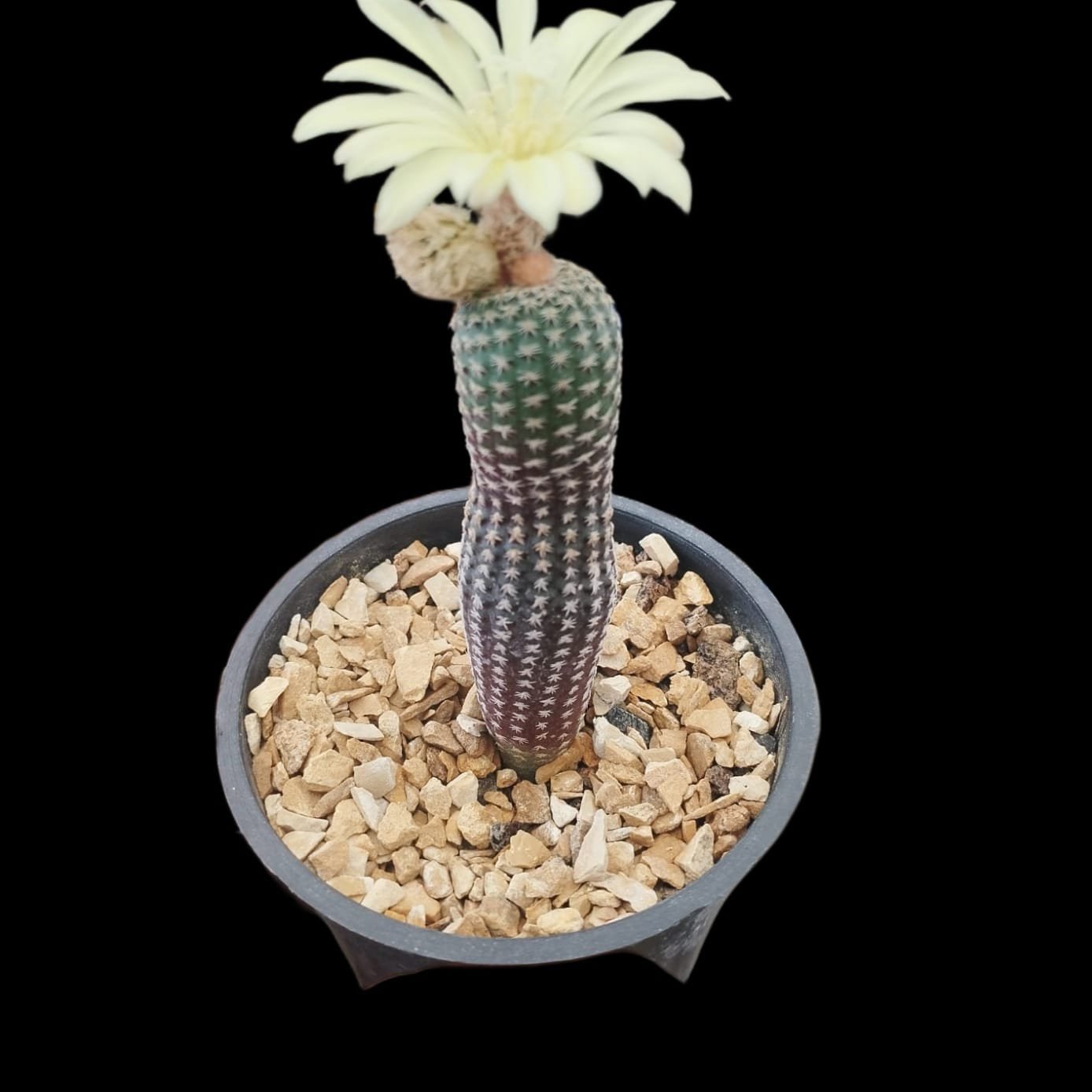
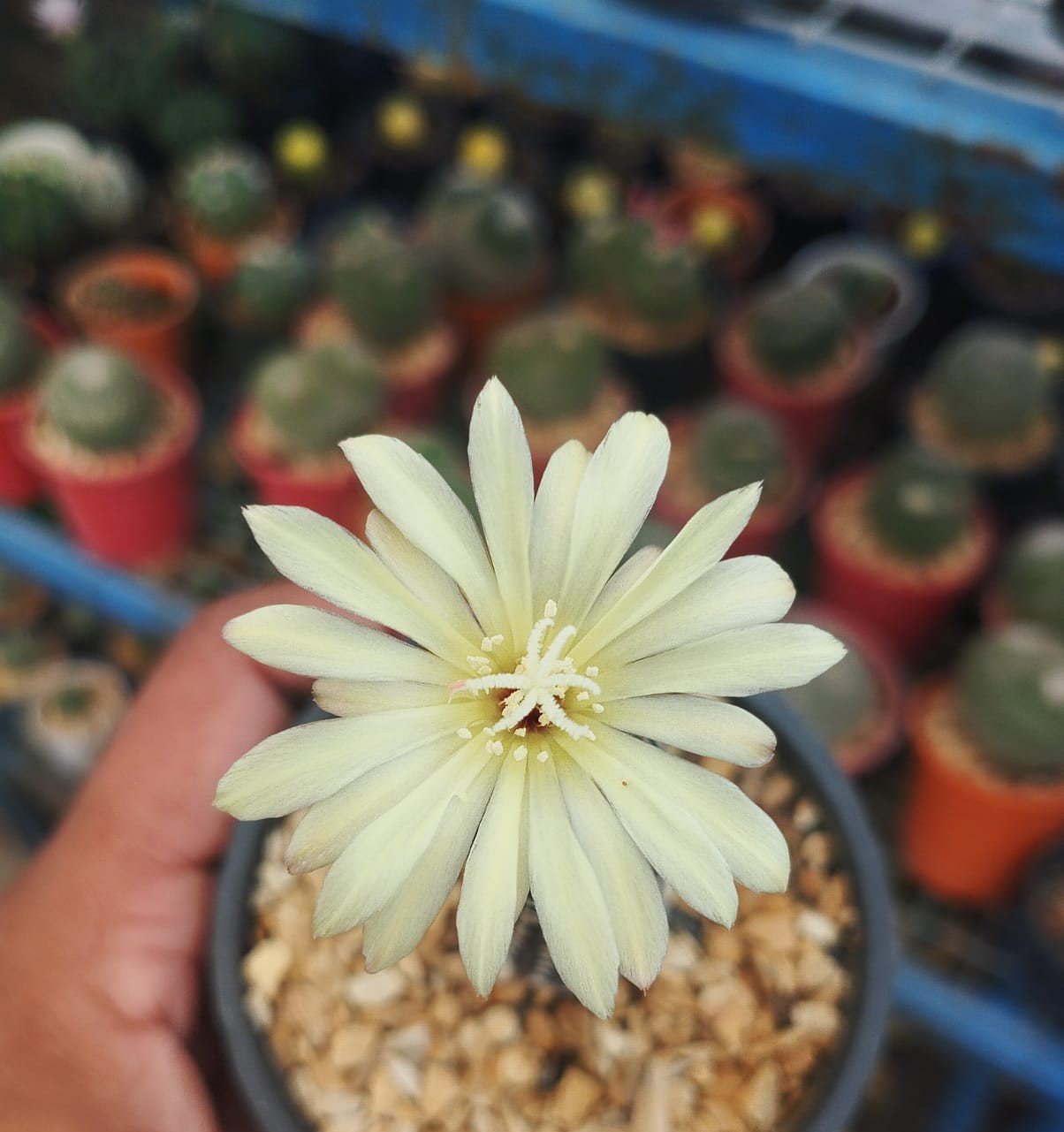
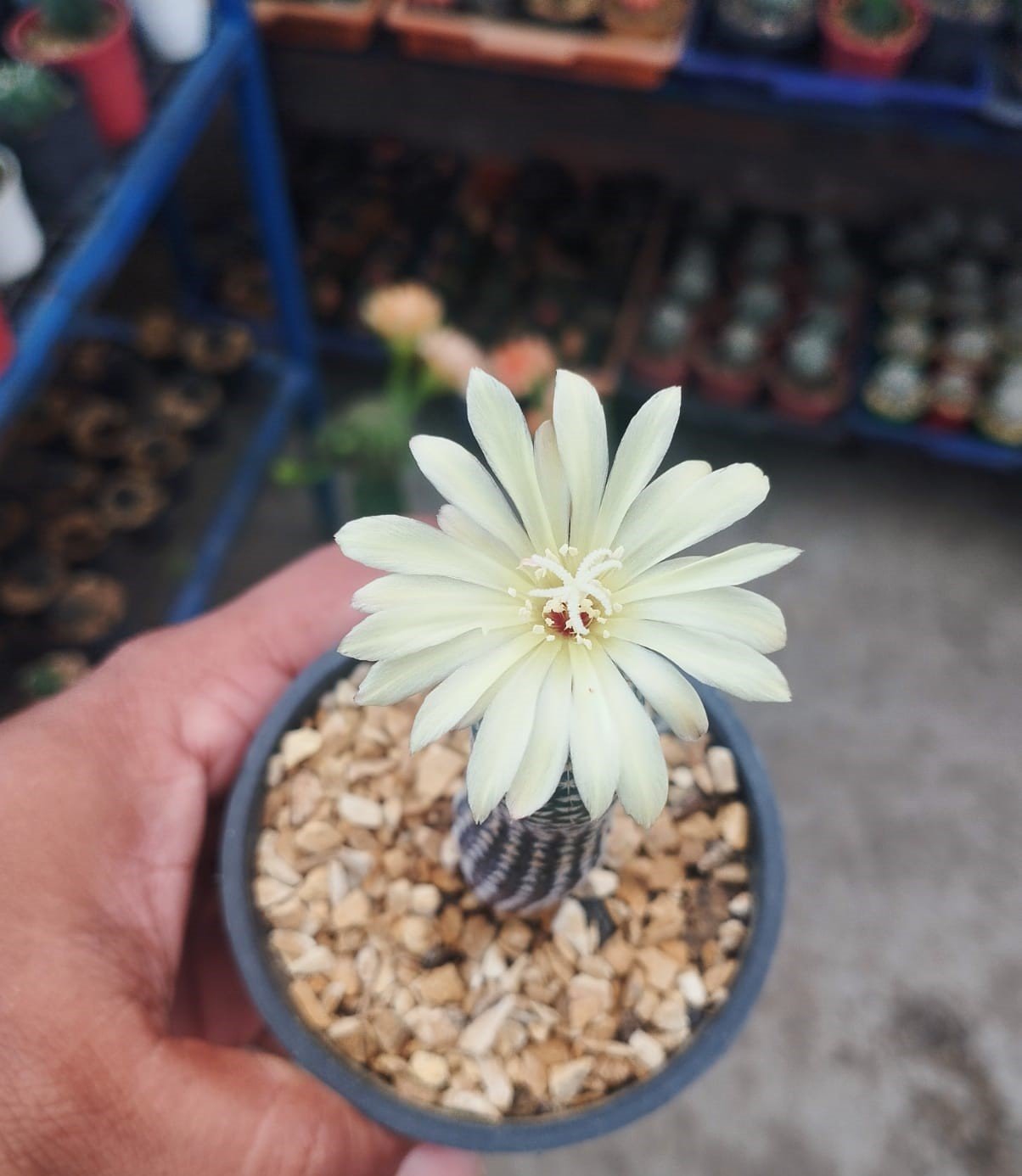
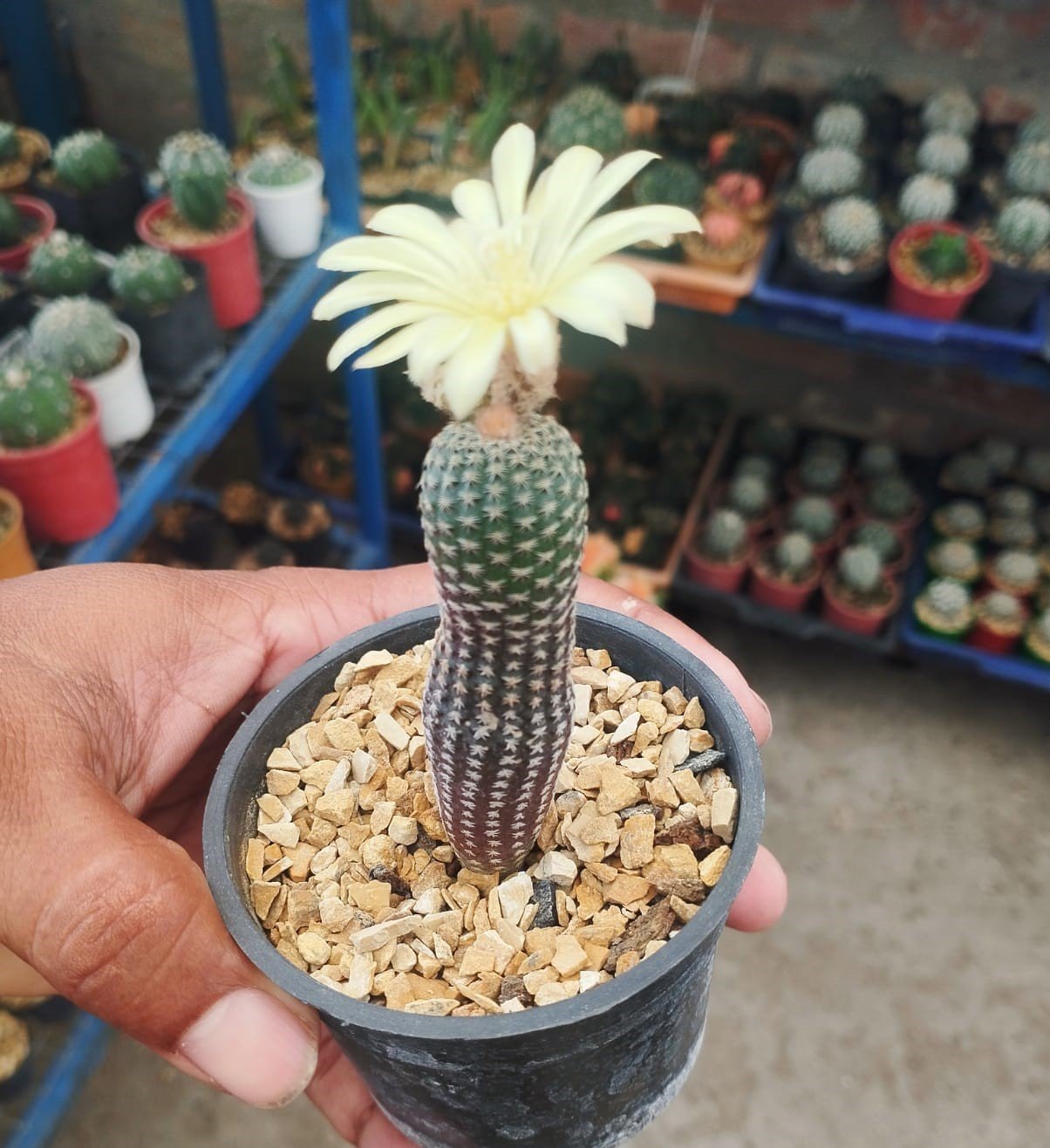
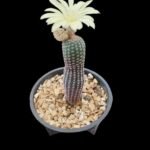
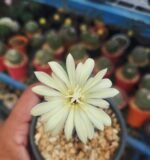
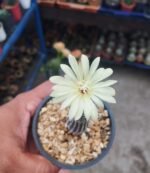
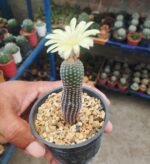
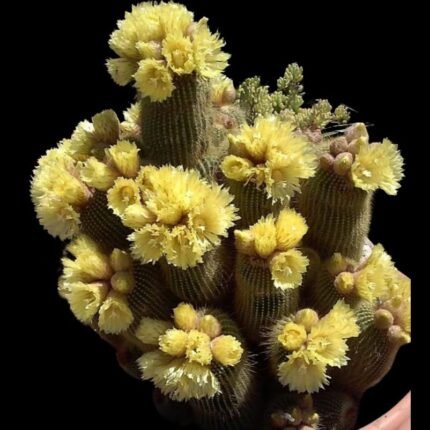
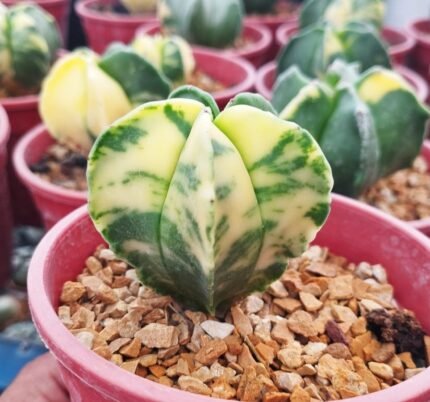

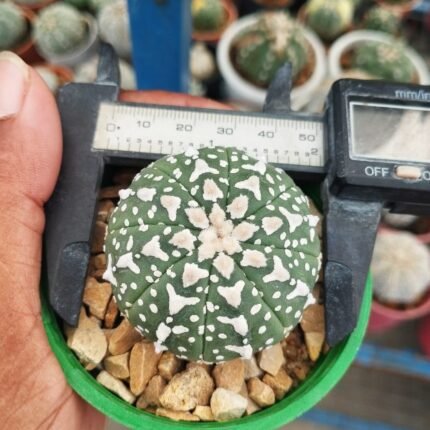
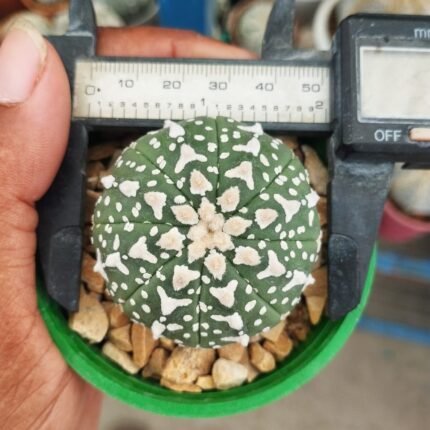


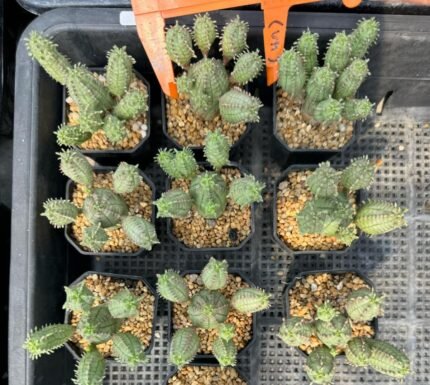
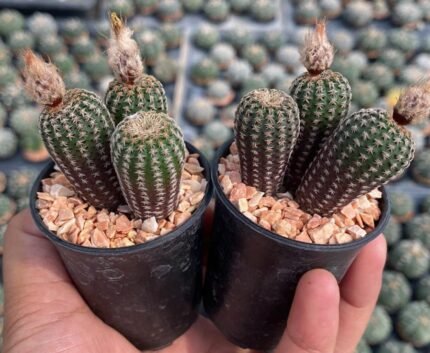
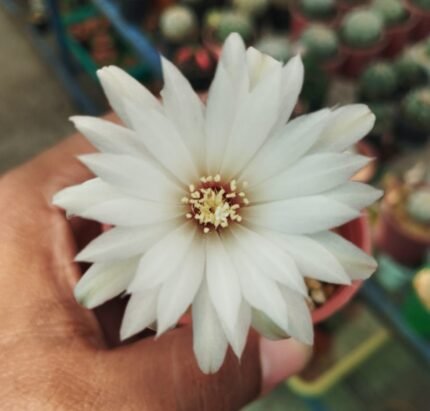
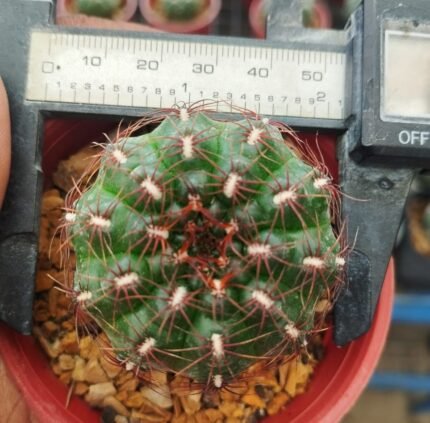
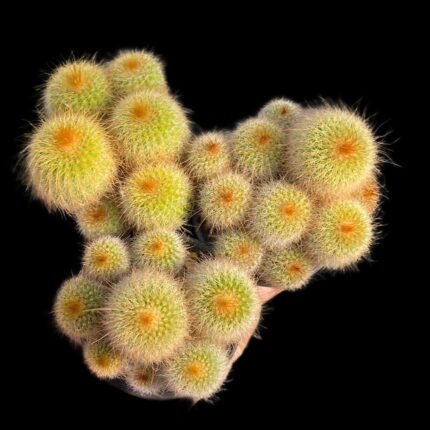

Reviews
There are no reviews yet.